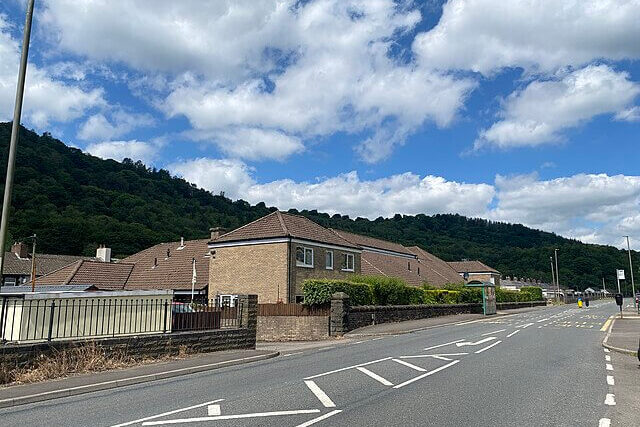
Research by Friends of the Earth Cymru has revealed that at least 45,000 sites across Wales could be contaminated with toxic waste but have never been properly inspected — leaving communities and wildlife exposed to a potential environmental crisis.
Despite Wales’s long industrial history, the report, published on Tuesday, found that only 82 sites have ever been fully assessed and formally classified as contaminated. Campaigners warned that a chronic lack of funding and oversight means the true extent of the problem remains unknown.
Former industrial sites, landfills and quarries may harbour hazardous substances including heavy metals, oil, tar, solvents, gases and even radioactive materials.
The environmental group submitted Freedom of Information requests to all 22 Welsh councils and reviewed publicly available data. Only 11 councils provided complete responses, yet these alone identified 45,157 potentially contaminated sites — suggesting that the actual number is likely to be far higher.
While much of Wales’s industrial waste legacy remains unexamined, in some areas its impact is clearly visible.
In the village of Ynysddu, in the Sirhowy Valley, south Wales, industrial waste was dumped in the former Ty Llwyd quarry above the settlement during the 1960s and 1970s. Residents have warned for years that after heavy rain, a foul-smelling, brown and foamy liquid seeps from the quarry, flowing downhill into nearby woodland and council-owned land once used by children and dog walkers before being fenced off.
In 2023, environmental chemist Dr David Megson of Manchester Metropolitan University tested the area and detected unsafe levels of polychlorinated biphenyls (PCBs) — toxic “forever chemicals” known to accumulate in the food chain and cause liver damage and increase cancer risk in humans.
However, testing commissioned by Caerphilly County Borough Council has consistently reported zero PCB levels, and the site is not currently classified as contaminated land. Dr Megson has suggested that the council’s sampling methods may be insufficiently sensitive or focused on the wrong locations. The council did not respond to requests for comment.
Local resident Jane Beechey, 64, purchased land at the base of the mountain in 2013, intending to build stables. Pre-purchase tests found slightly elevated levels of chloroform — safe for horses, but not for young children.
“It ruined my business plans. Who is going to keep their horses here if they don’t think it’s safe?” she said.
At the Ynysddu allotments, soil samples tested positive for PCBs following Storm Dennis in 2020, when floodwaters from the quarry and an overflowing river swept through parts of the village.
“I am still growing tomatoes here, but I worry about it. Some people in the village grow things they want to eat in tubs,” said Mark Jones, 67.
Despite a legal requirement to review inspection strategies for potentially contaminated land every five years, Friends of the Earth Cymru found that many councils — including Caerphilly — have not updated theirs since around 2014. Of Wales’s 22 local authorities, only six publish the legally mandated contaminated land register online, leaving residents unaware of potential risks beneath their homes.
On Tuesday, Friends of the Earth Cymru called for a public inquiry into the scale and impact of contaminated land in Wales, and urged both the UK and Welsh governments to provide councils with the resources needed to identify and remediate dangerous sites.
Its spokesperson Kirsty Luff said: “It’s shocking that so much land could be contaminated and yet isn’t being properly inspected. People in Wales deserve to know whether the places where they live, work, and play are free from pollution.
“This issue must not be ignored. The longer the delay, the greater the risk to our health, our environment and future generations.”
The Welsh government said: “Local authorities in Wales have a duty to identify contaminated land within their areas. If they identify areas that meet the definition of ‘contaminated land’, they have a duty to ensure it is remediated appropriately.”.
The situation may mirror that of the wider UK: an investigation found that of 13,093 potentially toxic sites identified as high-risk in the early 2000s, only 1,465 have since been inspected.
——————————————————————————
At Natural World Fund, we are passionate about restoring habitats in the UK to halt the decline in our wildlife.

